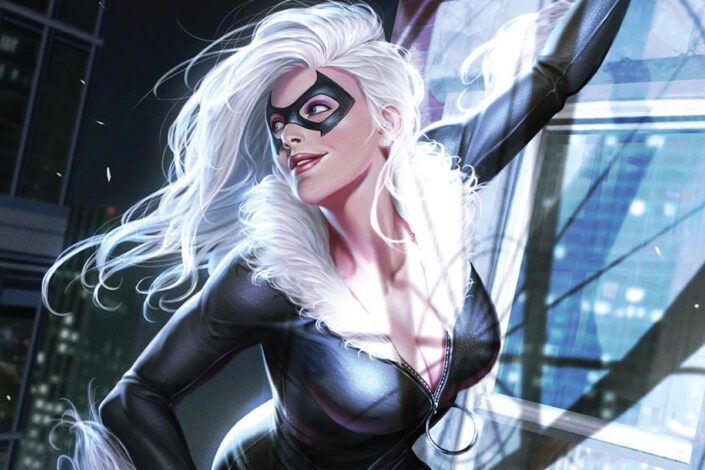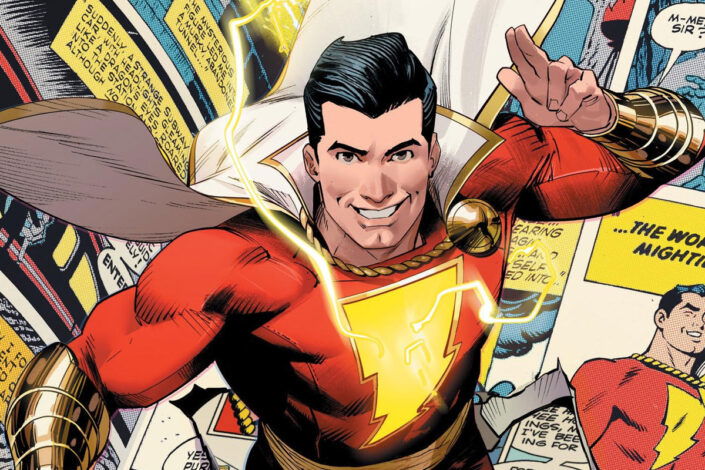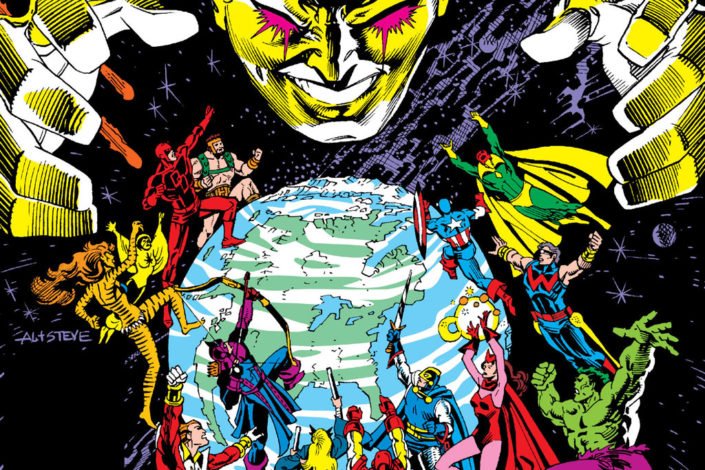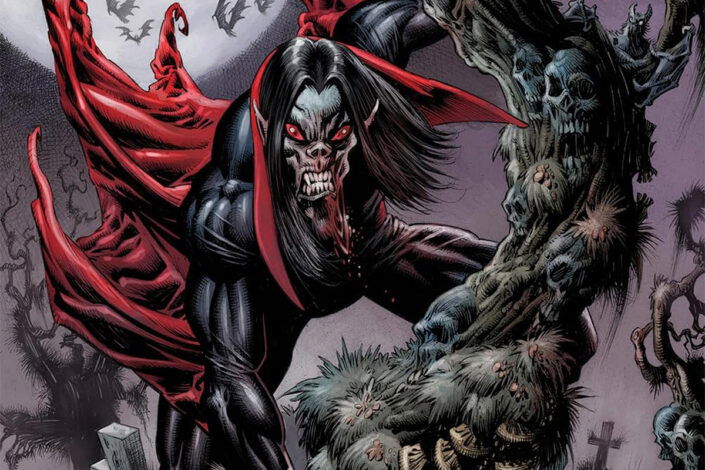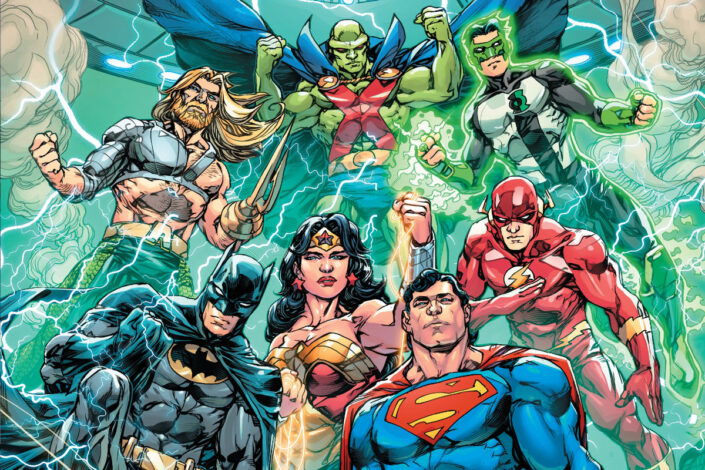Infinity Wars Reading Order, a 2018 Marvel event (including Infinity Countdown)

Marvel’s Infinity Wars is a 2018 crossover event (written by Gerry Duggan with art by Mike Deodato and Frank Martin) about the heroes and villains of the Marvel Universe dealing with the outcome of the search for the new Infinity Stones (previously known as the Infinity Gems). This is a follow-up to “Infinity Countdown.”
Here is the official synopsis: The Infinity Stones are back. Individually, they grant their wielders great power. Together, they bestow the power of a god! As each stone’s location is discovered, forces converge for a battle that will send the universe down a dark path…to the end! Featuring the Chitauri, the Raptors, the Nova Corps, the Guardians of the Galaxy, Adam Warlock, and more surprising Stone-wielders! But who, or what, is Requiem? When she warps the Marvel Universe in half, what surprising heroes will assemble to stand against her? And when death comes at last, who will fall?
What to read before Infinity Wars?
As I was saying, Infinity Wars is a follow-up to “Infinity Countdown.” The better way to deal with that is to group them together. But first, let’s rewind a little.
Where is Thanos? After Jonathan Hickman’s Infinity, he made a comeback, getting free during the early events of “Civil War II.” He then got his own book: Thanos Returns, visited the God Quarry, and appeared in The Unworthy Thor before winning at the end of his series, which led us to the “Infinity Wars” storyline.
The road to Infinity Countdown
- Marvel Legacy
Collects Marvel Legacy #1, Marvel Legacy Primer pages, FOOM Magazine (2017). - Captain Marvel #128
Collected in The Mighty Captain Marvel Vol. 3: Dark Origins - All-New Guardians of the Galaxy Vol. 3: Infinity Quest
Collects Guardians of the Galaxy #146-150
And then, the Infinity Countdown!
Read More »Infinity Wars Reading Order, a 2018 Marvel event (including Infinity Countdown)
